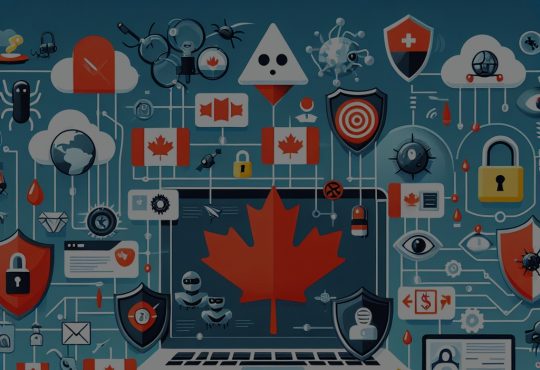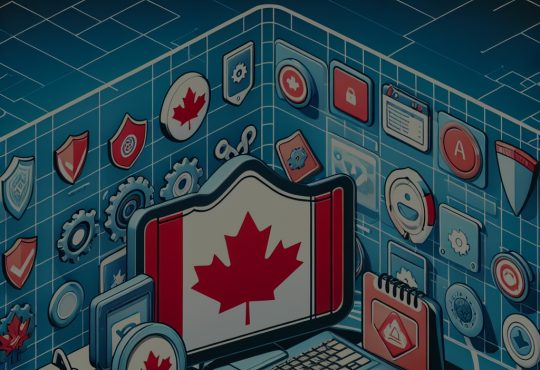
In an increasingly digital world, the threat of malware looms large over individuals and organizations alike, especially in Canada where technology adoption is high. Malware, short for malicious software, encompasses a range of harmful programs designed to infiltrate, damage, or otherwise compromise devices and networks. Understanding the types of malware and the steps to remove it is crucial for maintaining the integrity of your devices. This article offers an informative guide on the types of malware, methods for detecting it, and best practices for removal and prevention in Canada.
Understanding Malware: Types and Their Impact on Devices
Malware can be classified into several categories, including viruses, worms, Trojans, ransomware, spyware, and adware. Each type operates differently but shares the common goal of causing harm or unwanted behavior on a device. For instance, viruses attach themselves to legitimate programs and spread when those programs are shared, while worms replicate themselves across networks, leading to widespread damage without user intervention.
Ransomware is particularly notorious for its impact, as it encrypts files and demands payment for their release. This type of malware can cripple personal and organizational operations, causing significant data loss and financial strain. Spyware, on the other hand, secretly monitors users’ activities, leading to privacy breaches and potential identity theft. Understanding these distinctions is essential in assessing the kind of threat you might be facing.
The impact of malware extends beyond immediate device performance issues. It can result in loss of sensitive information, unauthorized access to accounts, financial theft, and even legal ramifications if personal data is compromised. In Canada, where privacy laws are stringent, organizations can face heavy penalties for data breaches caused by malware infections.
Finally, the emotional and psychological toll on individuals can be significant. Victims of malware attacks often feel violated and anxious about their personal information. Recognizing the risks posed by malware is the first step in combating this pervasive threat and underscores the importance of vigilance in digital security.
Step-by-Step Guide to Detecting Malware on Your Device
The first step in detecting malware is to observe any unusual behavior on your device. Symptoms such as slower performance, frequent crashes, unexpected pop-ups, or unfamiliar programs can indicate an infection. If you notice these signs, it’s crucial to investigate further. Start by running a full system scan using built-in security tools or reputable antivirus software. These programs can identify and isolate malicious files that may be operating on your device.
Another effective method for detecting malware is to check for unknown applications that may have been installed without your consent. On Windows, you can access the "Programs and Features" section in the Control Panel, while Mac users can check the "Applications" folder. Remove any suspicious or unrecognized applications that you don’t recall installing. Additionally, monitor your browser for unwanted extensions or toolbars, as these can be indicators of malware.
Network activity can also provide clues about a malware infestation. Use tools to analyze outgoing network connections for any unusual activity. For instance, if your device is sending data to unknown locations, it may be compromised. In Canada, users are encouraged to utilize public resources or community forums that offer insights into current malware threats affecting Canadian users.
Finally, consider utilizing specialized malware detection tools that can provide a deeper analysis than standard antivirus software. These tools can help identify rootkits or other deeply embedded malware that traditional scans may miss. By employing a comprehensive detection strategy, you can effectively safeguard your device against potential threats.
Best Practices for Malware Removal and Prevention in Canada
Once malware is detected, it’s crucial to act swiftly. Begin by disconnecting your device from the internet to prevent further damage or data breach. Boot your device in safe mode, as this can prevent malware from launching and allows for easier removal. Use your antivirus or antimalware software to execute a full system scan and remove any identified threats. Ensure that your antivirus definitions are up-to-date to maximize their effectiveness against current malware variants.
In cases of severe infection, a factory reset may be necessary to restore your device to its original state. However, this step will erase all data, so it’s essential to back up important files beforehand. After the reset, be cautious about restoring any files from backup that may contain remnants of the malware. Always verify and scan files before restoring them to your device.
Prevention is equally important in the battle against malware. Regularly update your operating system and applications, as these updates often include security patches that protect against vulnerabilities. Consider using a reputable VPN, especially when using public Wi-Fi, which can be a hotbed for malware distribution. Educating yourself about phishing scams and suspicious links can also help you avoid falling victim to malware attacks.
Finally, consider implementing layers of security such as firewalls and intrusion detection systems. For organizations and businesses in Canada, comprehensive employee training on cybersecurity can prevent human errors that lead to malware infections. By adhering to these best practices, you can significantly reduce the risk of malware infecting your devices.
In conclusion, understanding malware, recognizing its symptoms, and knowing how to effectively remove it are vital skills in today’s digital landscape. By following the outlined steps for detection and removal, as well as adopting proactive prevention measures, Canadians can protect their devices from the ever-evolving threat of malware. Stay informed, vigilant, and proactive in your approach to digital security, and you can help ensure that your personal and professional information remains secure.






